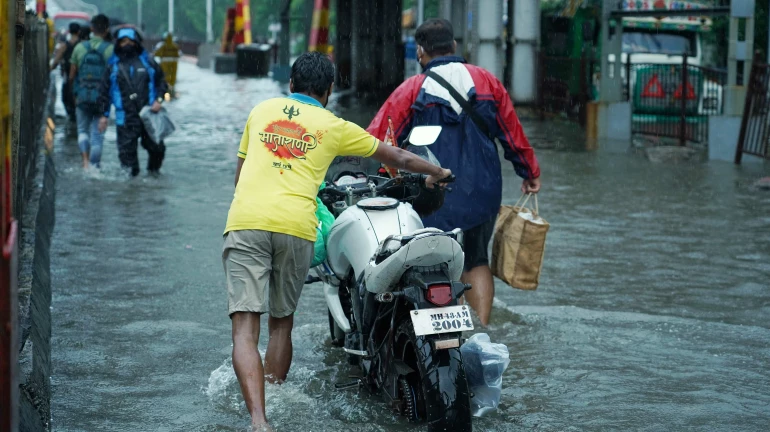
The Brihanmumbai Municipal Corporation (BMC) is taking steps to address the city's frequent flooding problems. After the heavy rains on May 26, the BMC has decided to expand the existing drains.
This will help the city manage up to 120 mm of rain per hour. The recent rainstorm had brought nearly 200 mm of rainfall within a few hours, which caused severe waterlogging in many areas. The drainage system could not handle the sudden rush of water. This exposed several weak points in the city's infrastructure.
Mumbai's main drains were built to handle only 25 mm of rain per hour. After the major floods in 2006, the capacity was planned to be increased to 55 mm per hour. But in recent years, rainfall has become more intense. Because of this, the BMC is now considering upgrading the city’s drainage capacity.
Mumbai's drainage network is large with about 411.56 km of small drains, which are less than 1.5 meters wide. There are also around 261.52 km of larger drains, which are more than 1.5 meters wide. Together with other drainage structures, the entire system stretches nearly 3,800 km.
Still, this is not enough during extreme weather. The need to improve this system has become urgent. With changing weather and a growing population, the volume of water has gone up. The drains, built during the colonial period in the mid-20th century, are now outdated.
The BMC has identified several low-lying and high-risk areas, especially in the island city, that flood often. These places need special attention. To guide the upgrades, the BMC plans to work with IIT and VJTI to help study the drains and suggest changes.
Authorities will also take smaller steps, such as placing mesh covers to stop debris from blocking the water flow. They also want to involve local people and gather feedback to improve the system further.





